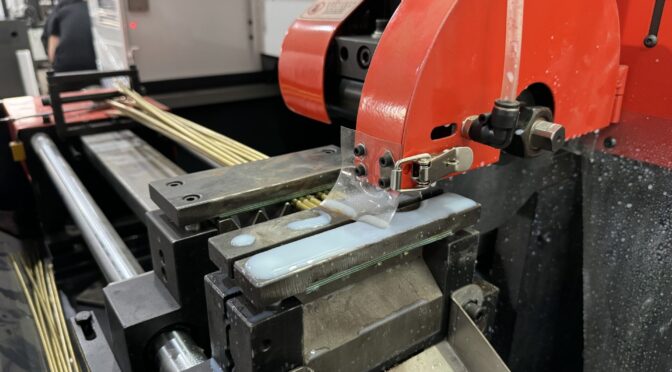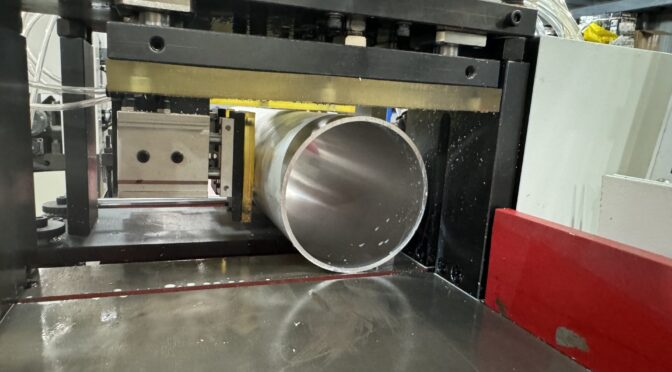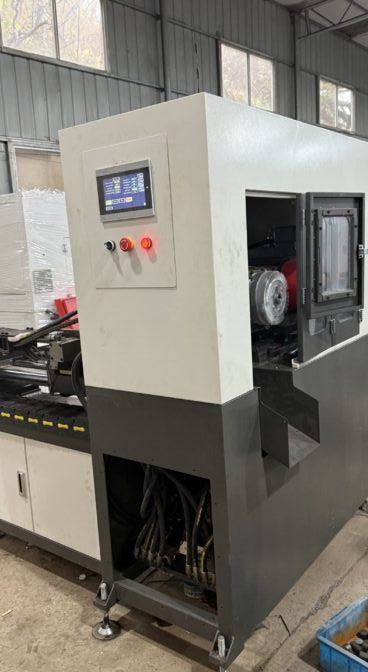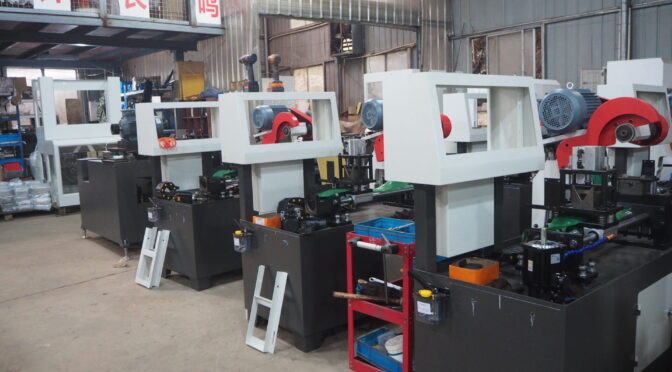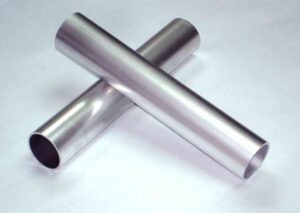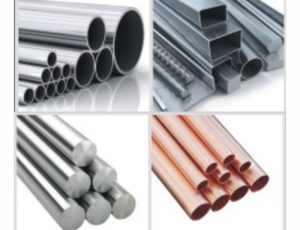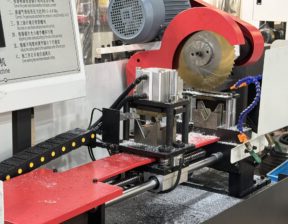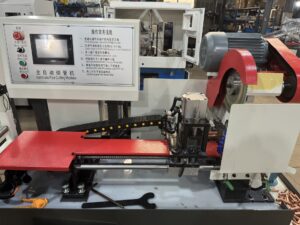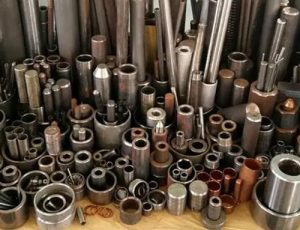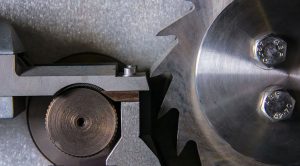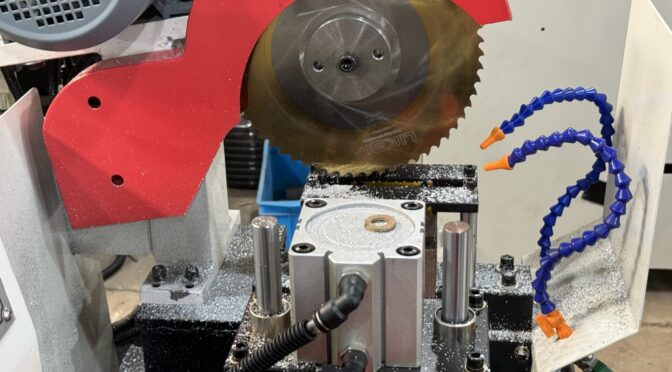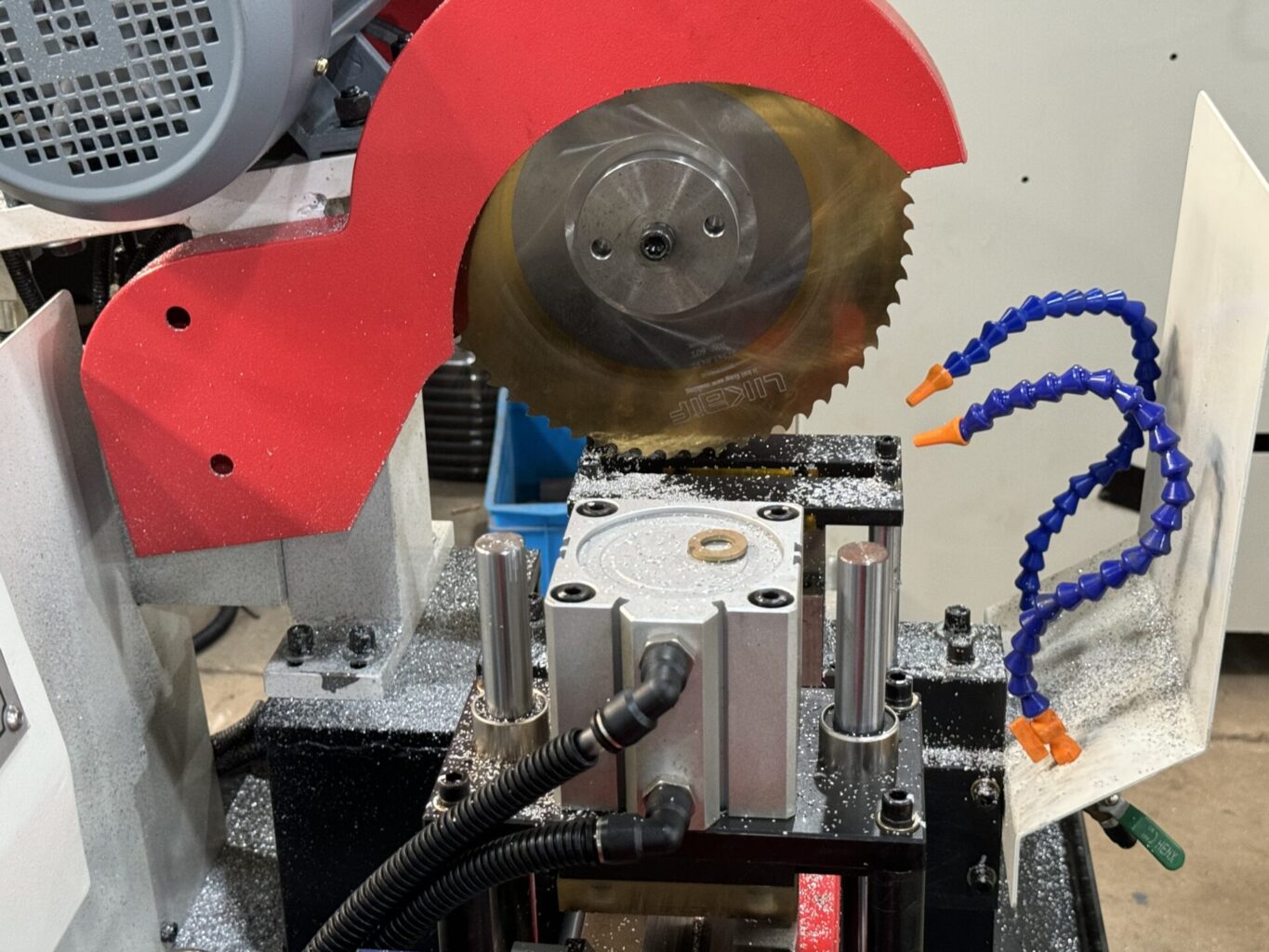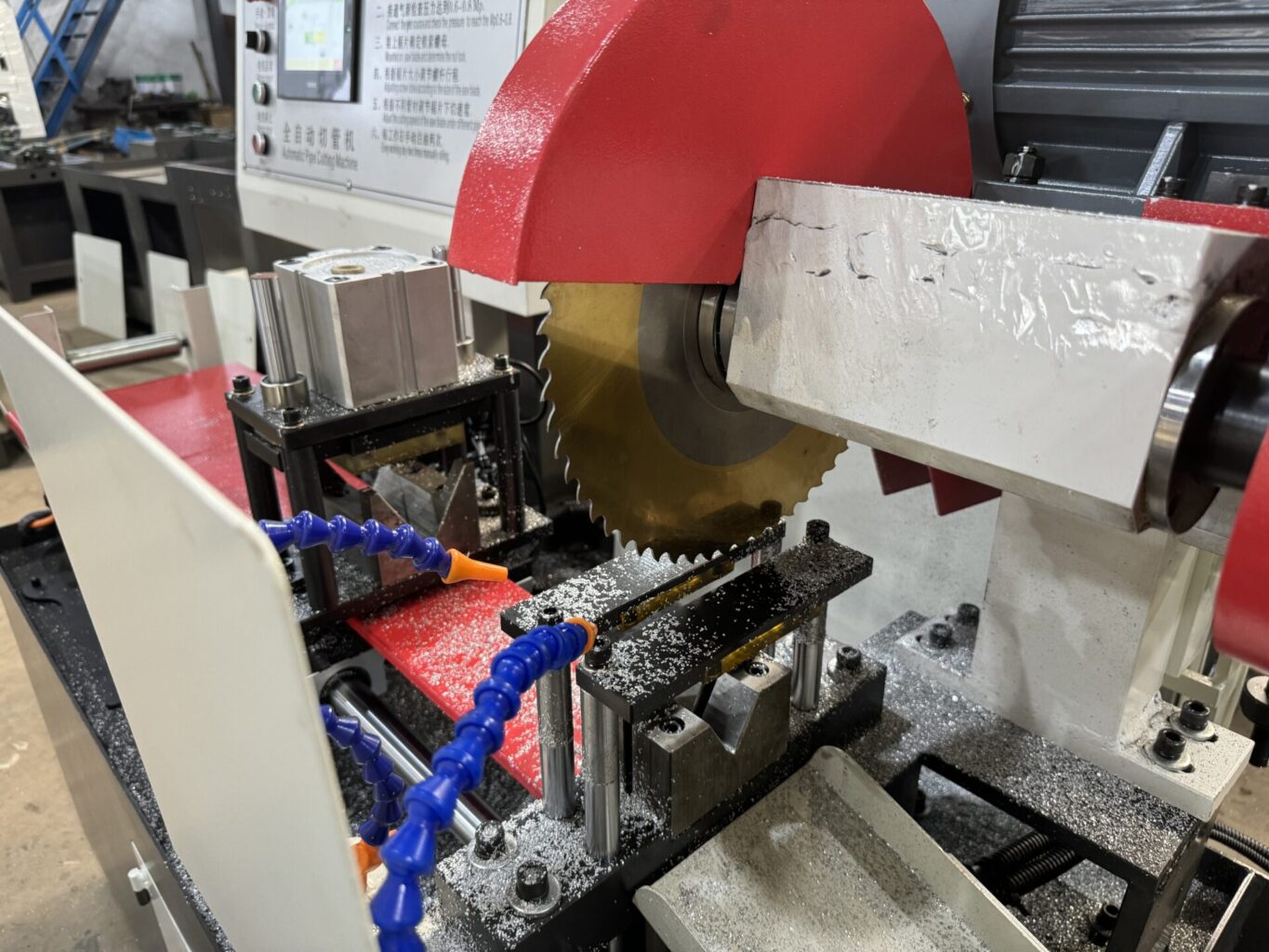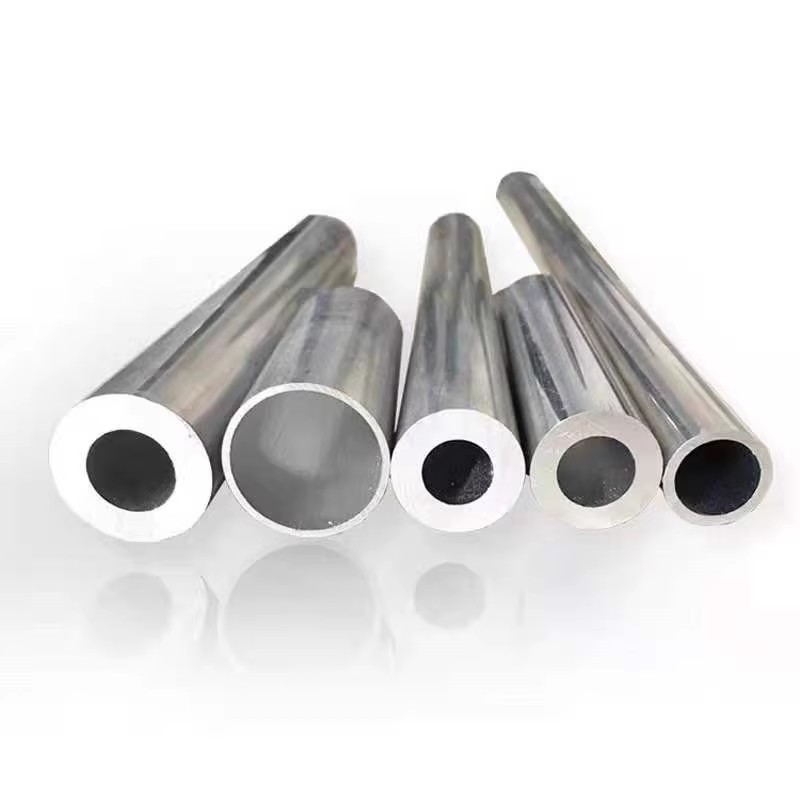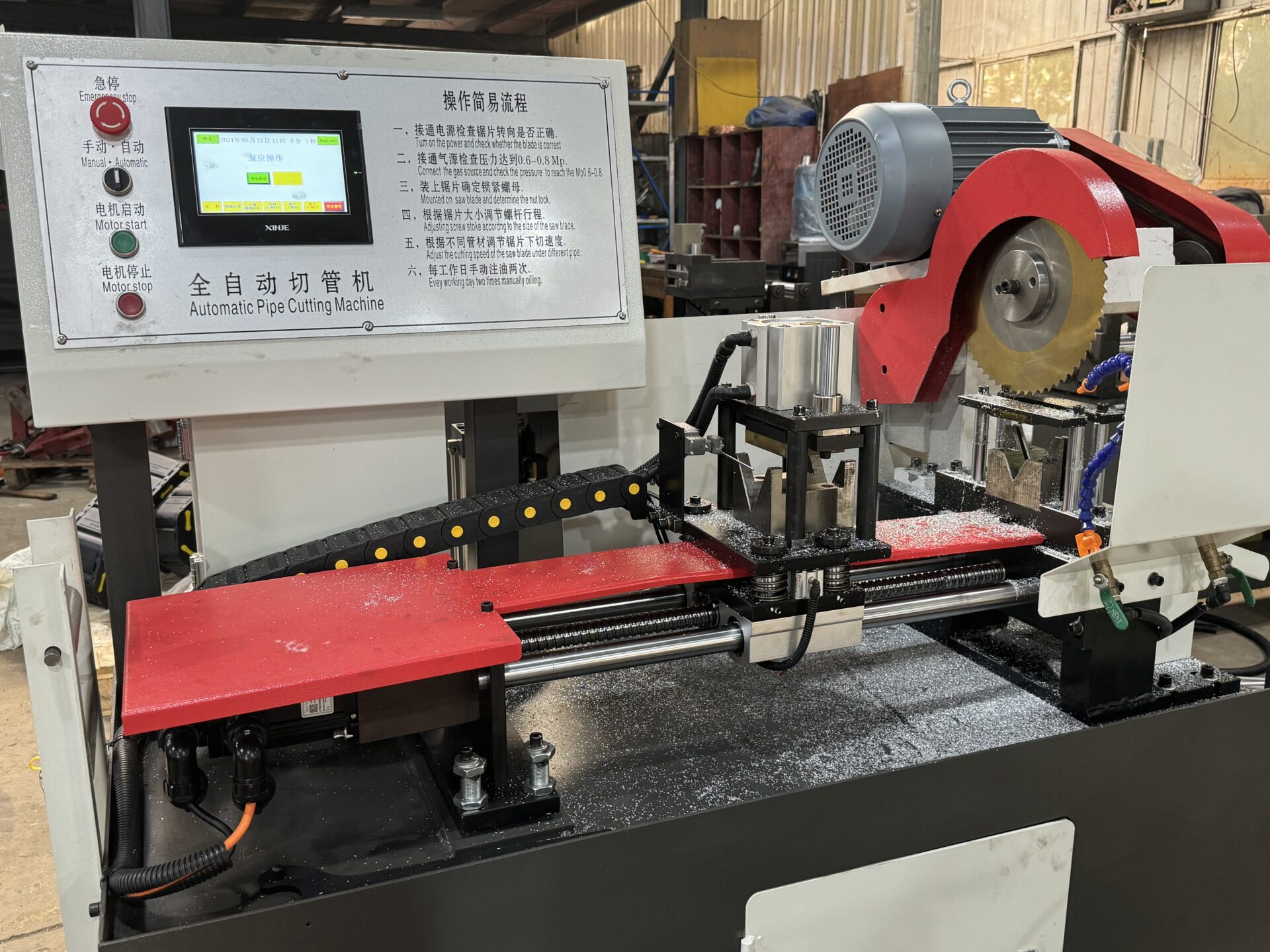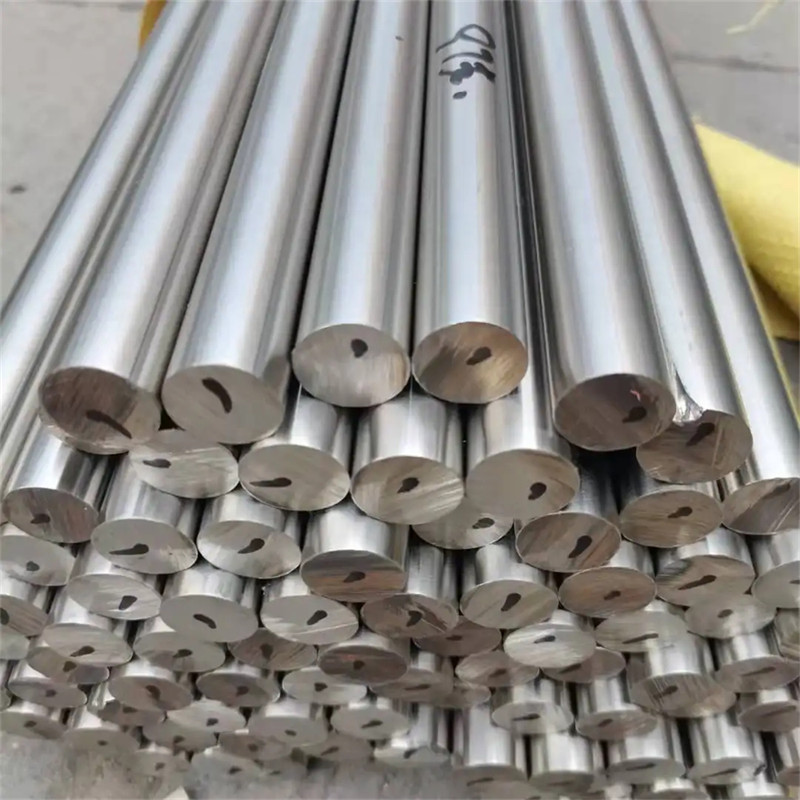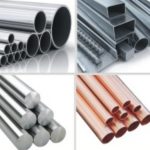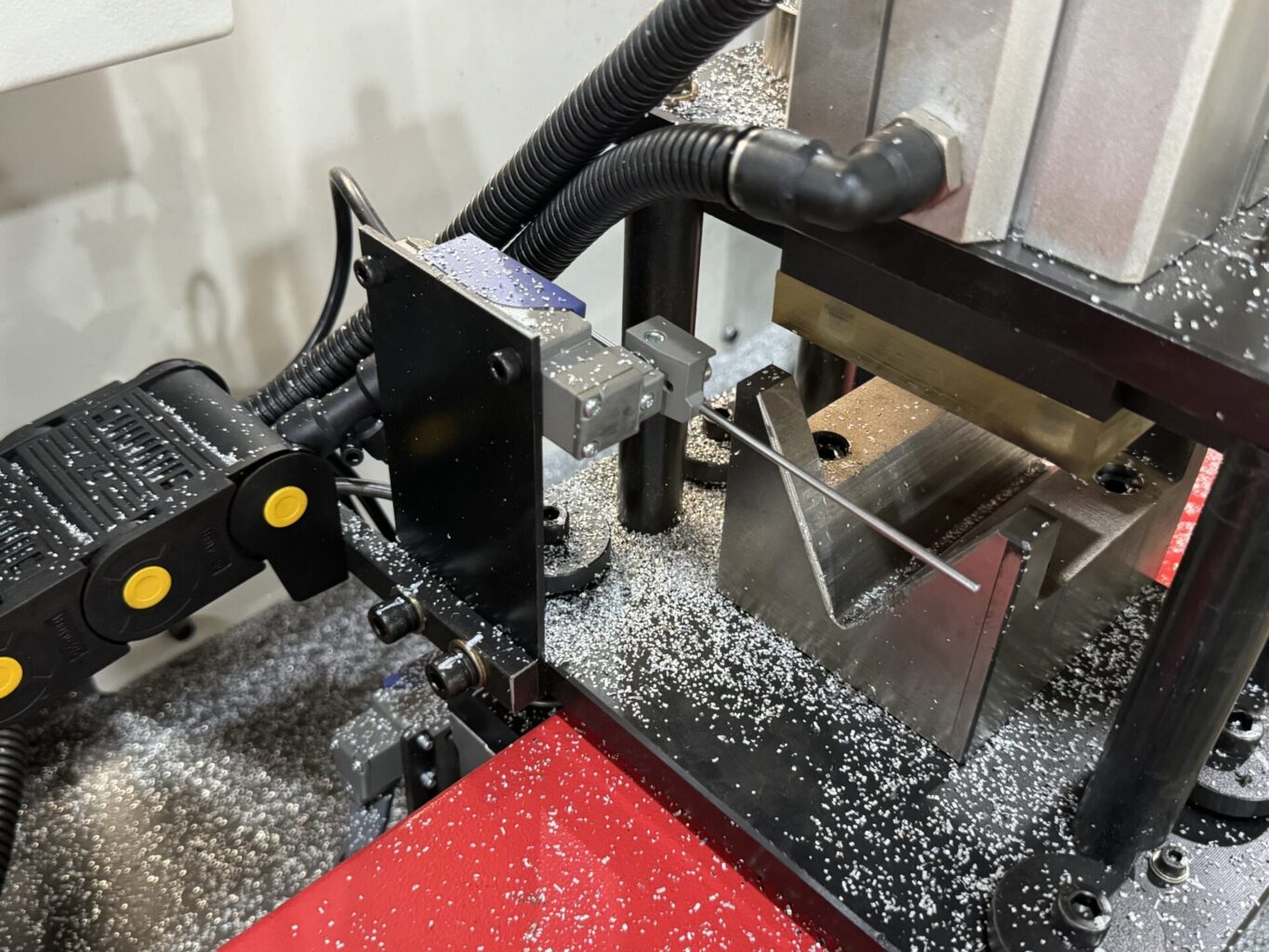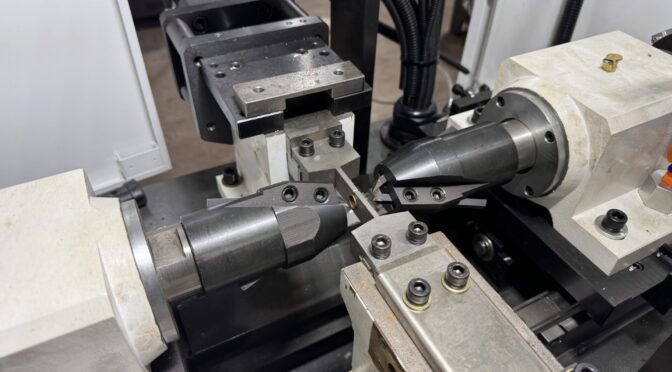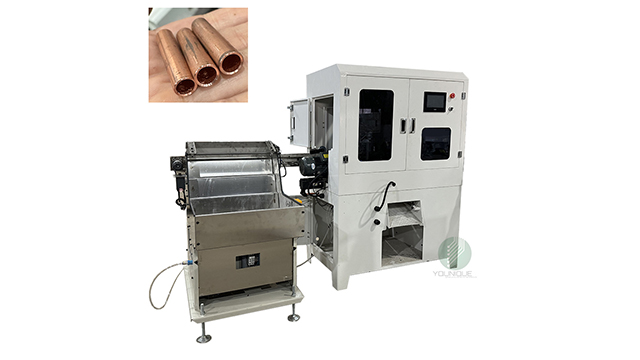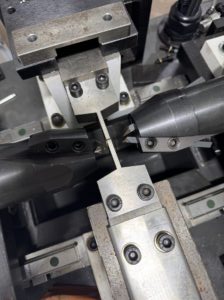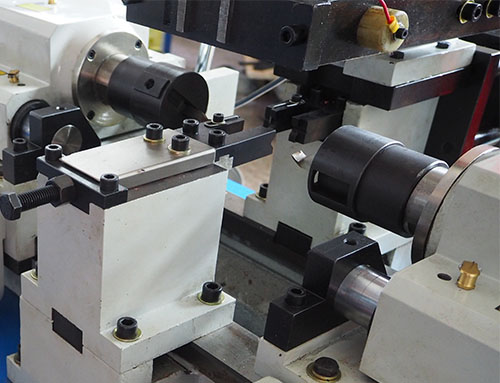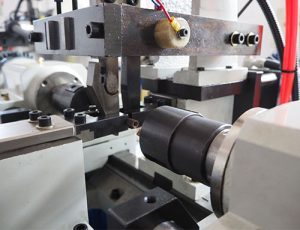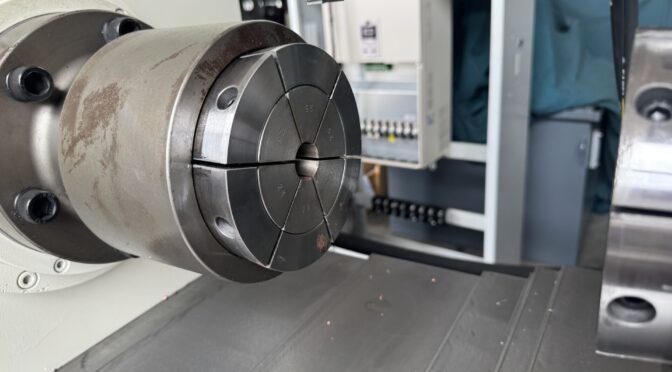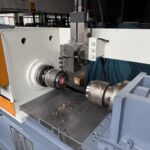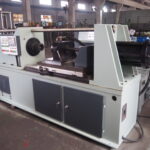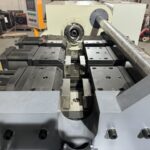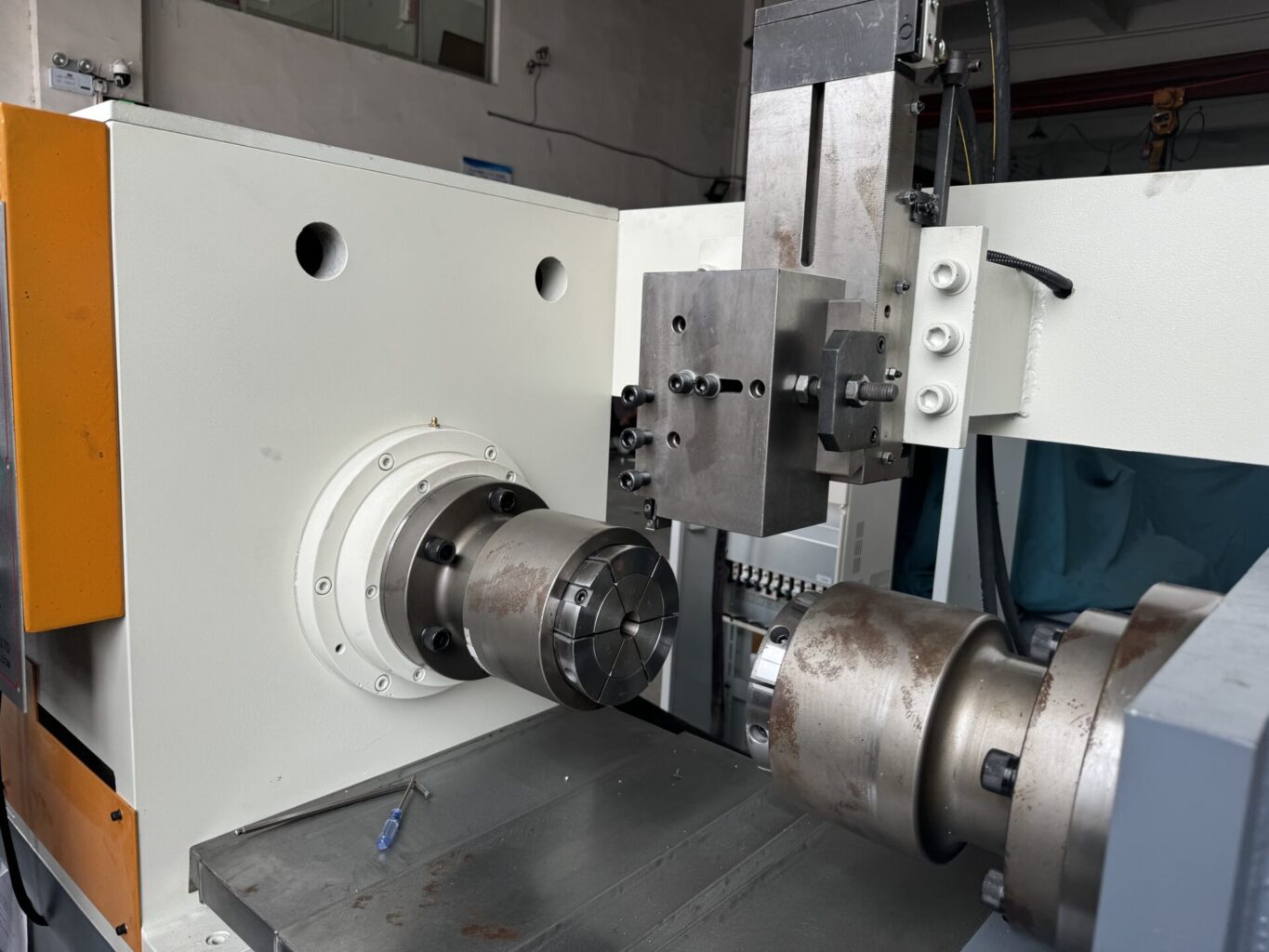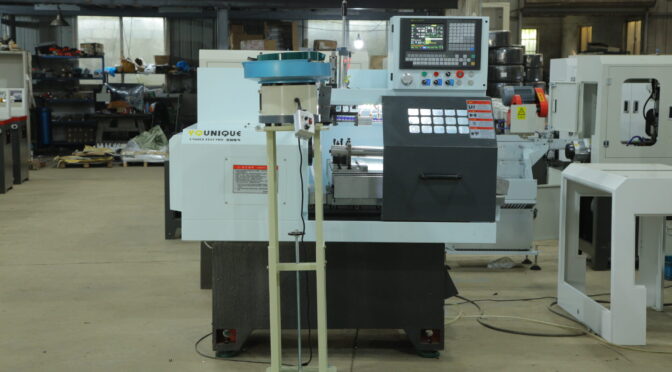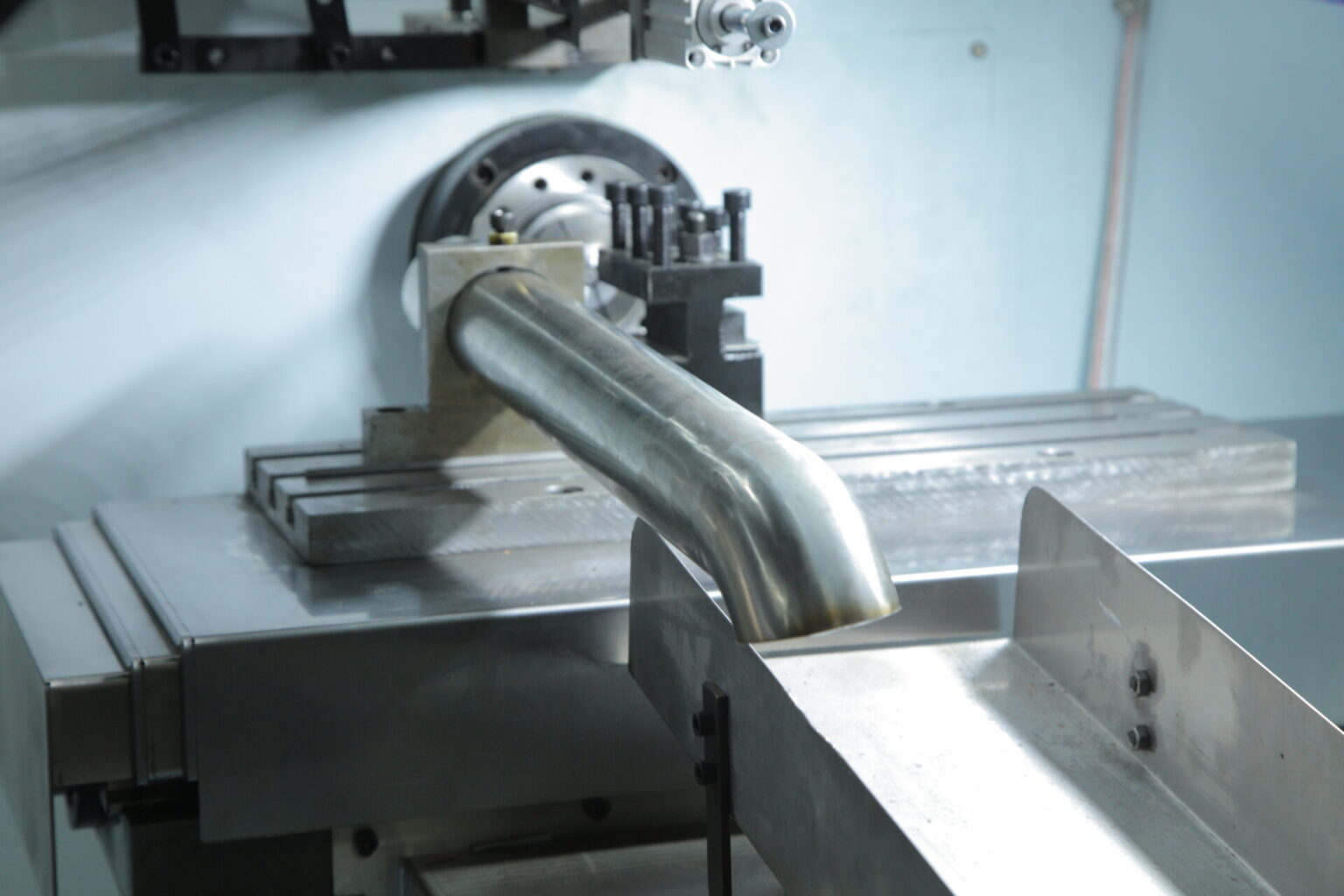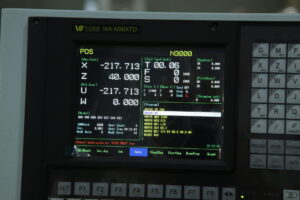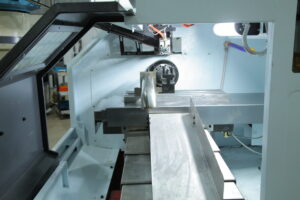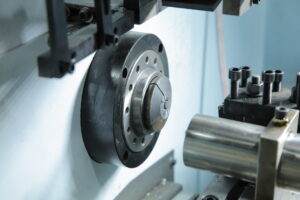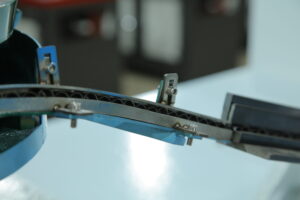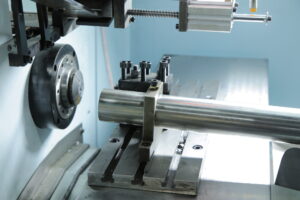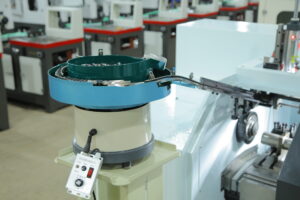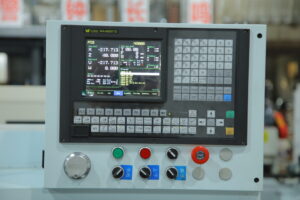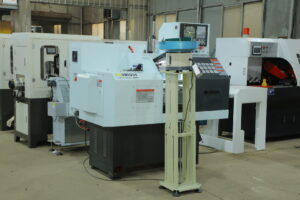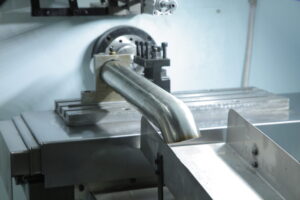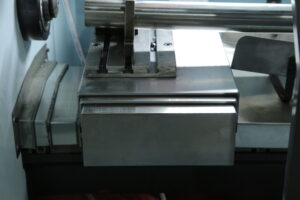Title
In modern industrial production, a pipe cutting machine is an essential tool for cutting metal or plastic pipes. Selecting the right pipe cutting machine for your specific needs is crucial. Below are some key considerations to help you make an informed decision:
- Define Your Requirements
Before choosing a pipe cutting machine, clearly define your production requirements. Factors such as the type of pipe (metal or plastic), pipe diameter range, and required cutting precision are critical. For metal pipes like steel, copper, or aluminum, consider rotary blade cutters, saw blade cutters, laser cutters, or plasma cutters. For plastic pipes like PVC or PE, saw blade or rotary blade cutters are typically suitable.
- Understand Different Models
The market offers various types of pipe cutting machines, including manual, semi-automatic, and fully automatic models, each suited to different production scenarios.
Manual Pipe Cutting Machines: Cost-effective and easy to operate, ideal for small-scale cutting tasks.
Semi-Automatic Pipe Cutting Machines: Simple to operate with higher efficiency, suitable for medium-scale tasks.
Fully Automatic Pipe Cutting Machines: High automation for large-scale tasks, though more expensive.
- Pay Attention to Specifications
When selecting a pipe cutting machine, consider its specifications such as maximum cutting diameter, cutting speed, and positioning accuracy. Choosing specifications that match your production needs ensures efficient operation.
- Consider Brand Reputation
Opting for a well-known brand ensures quality and after-sales service. Check user reviews and reputations to select a trustworthy brand.
- Conduct a Site Visit
Before finalizing your purchase, visit the manufacturer or dealer to understand their production processes and quality control, ensuring you invest in a high-quality machine.
- Balance Price and Cost-Effectiveness
Finally, balance price with cost-effectiveness. Avoid focusing solely on price; instead, evaluate the machine’s performance, features, and quality. A cost-effective choice saves costs while ensuring quality.
By following this guide, you’ll have a clearer understanding of how to select the best pipe cutting machine based on model and specifications. Choosing the right machine for your needs will enhance productivity and improve your work experience.



